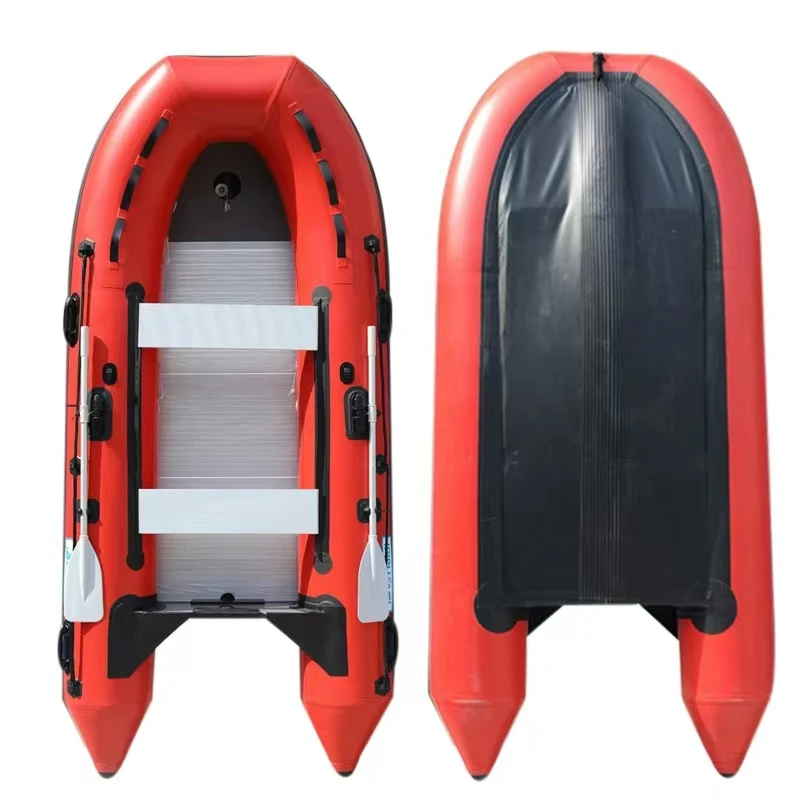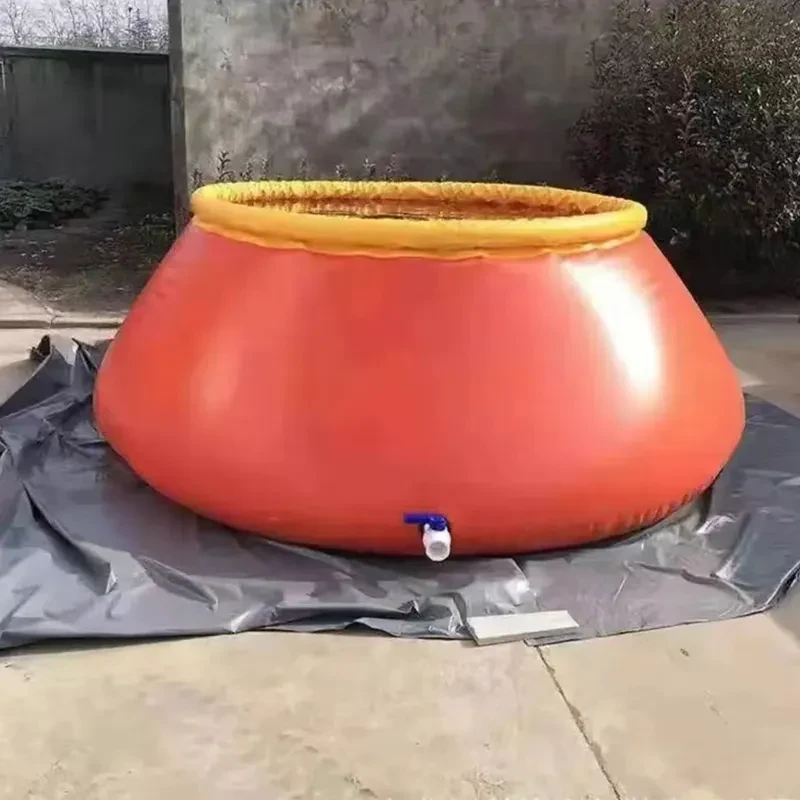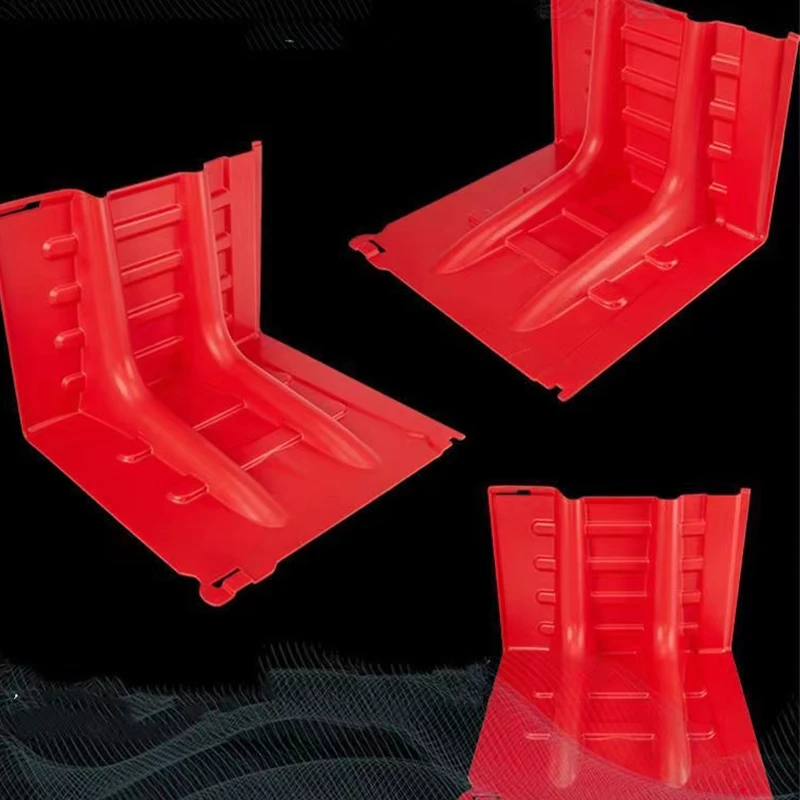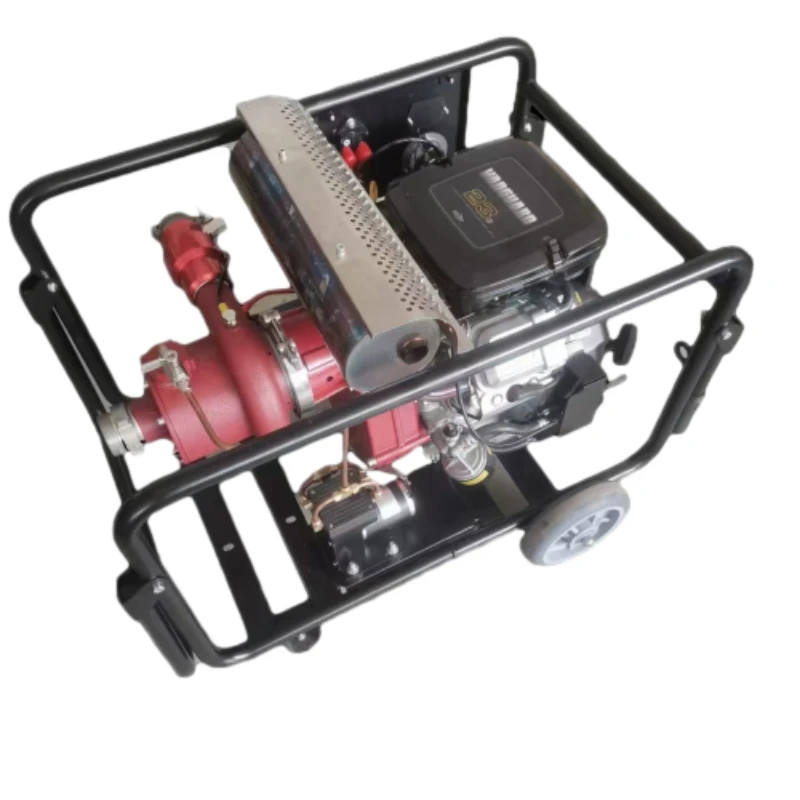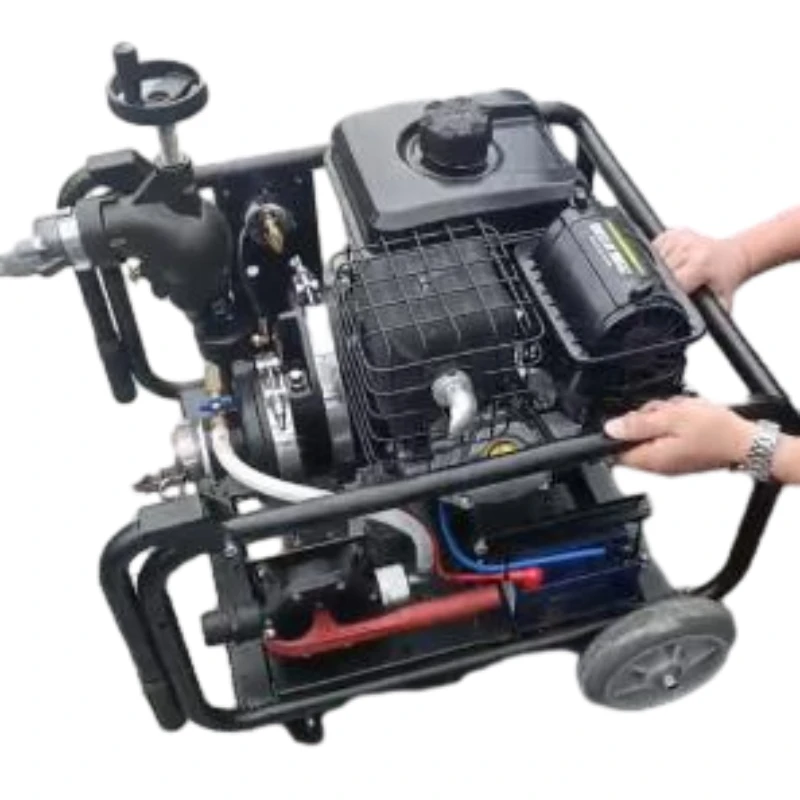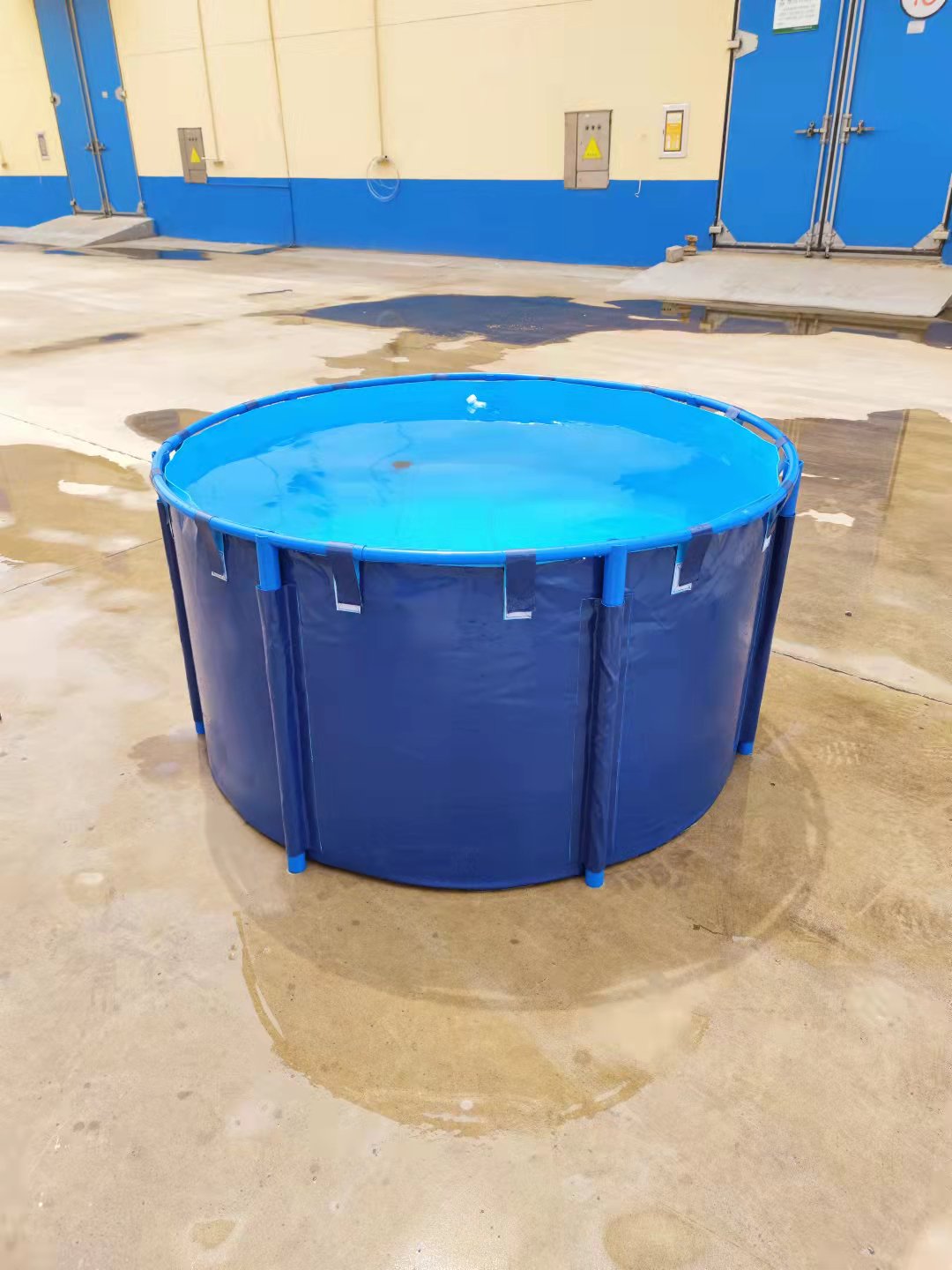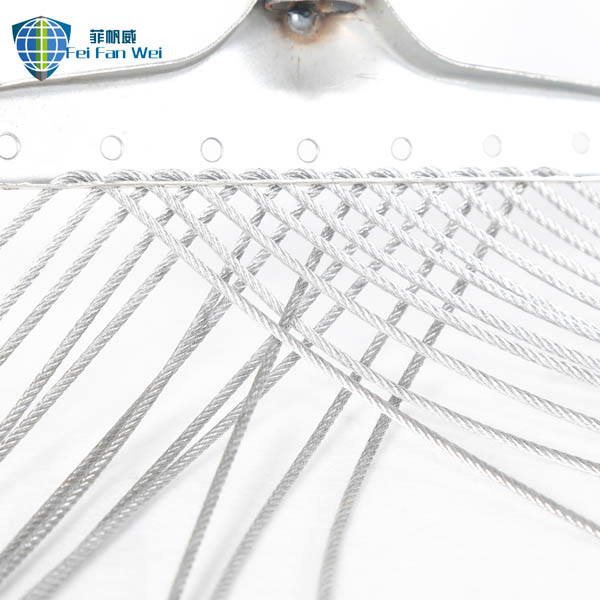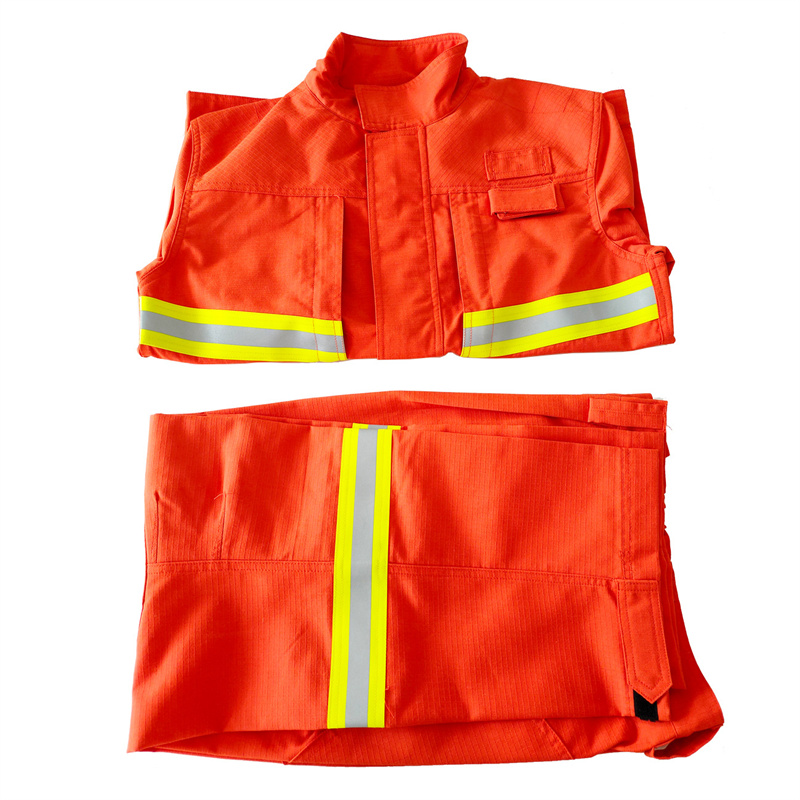
Innovative Firefighter Protective Gear Design
Modern Fire-proof suit/Firefighter protective suit technology represents a revolutionary leap in first responder safety. At Hebei FeiFanWei Technology, our signature protective gear features ergonomic innovation with a turnover collar design, four strategically positioned stereo pockets for equipment access, and intelligent back articulation with folding panels that enable maximum mobility. The trousers incorporate elastic side panels at the waist for adjustable comfort, dual reinforced pockets secured with metal buttons at the waistline, and crucial double-layer sewing at the buttocks for enhanced durability in high-wear zones. These design elements form a protective system engineered specifically for the extreme physical demands of fire suppression operations.
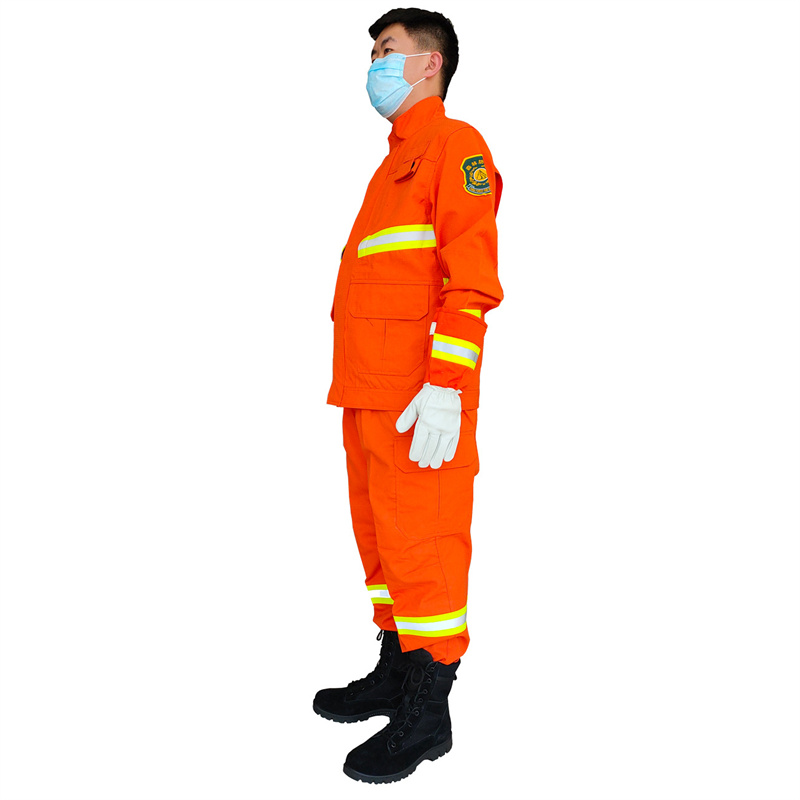
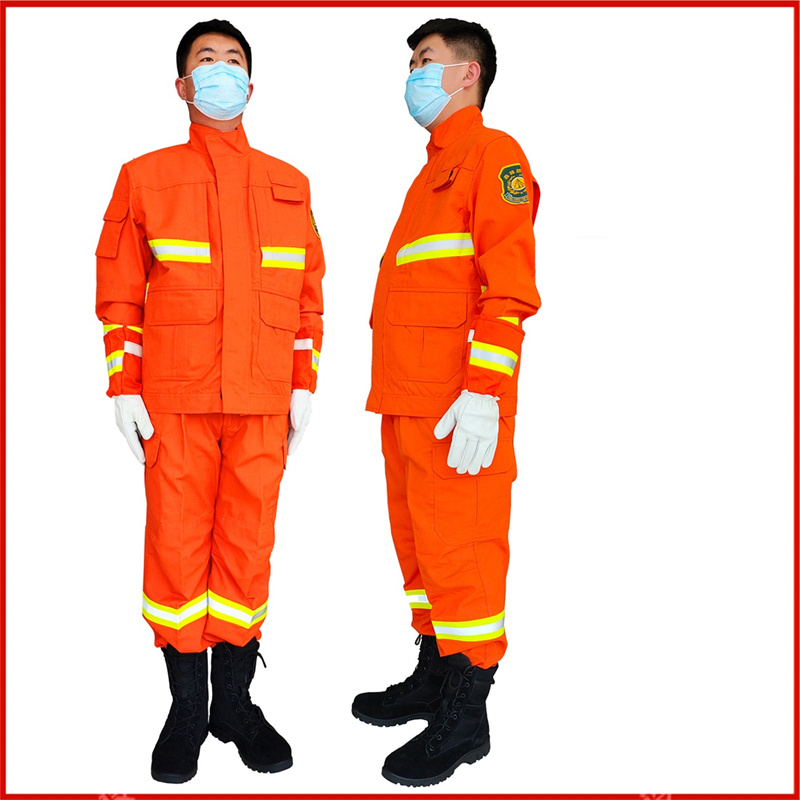
Technical Specifications & Performance Metrics
| Parameter | Standard Requirement | FFW Performance | Test Method |
|---|---|---|---|
| Thermal Protective Performance (TPP) | ≥35 cal/cm² | 48 cal/cm² | NFPA 1971 |
| Heat Transfer Performance (HTI) | ≤25 | 13 | ISO 9151 |
| Total Heat Loss (THL) | ≥205 w/m² | 415 w/m² | NFPA 1971 |
| Flame Resistance | ≤50 mm char length | ≤10 mm | ASTM D6413 |
| Tensile Strength | ≥400 N | 920 N | ASTM D5034 |
| Water Resistance | ≥20 psi | 35 psi | AATCC 127 |
Firefighting Operations & Equipment
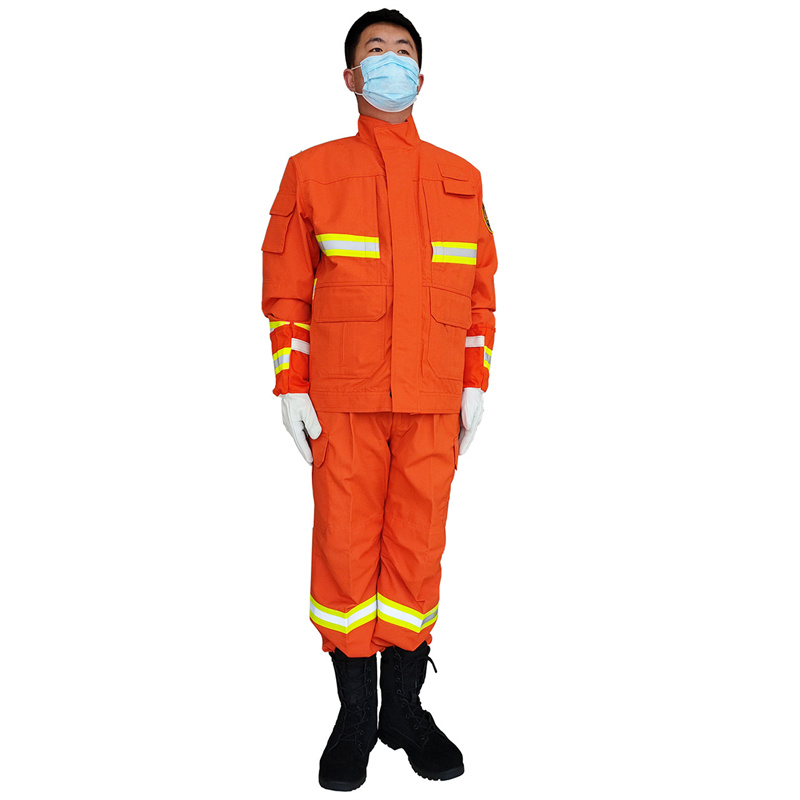
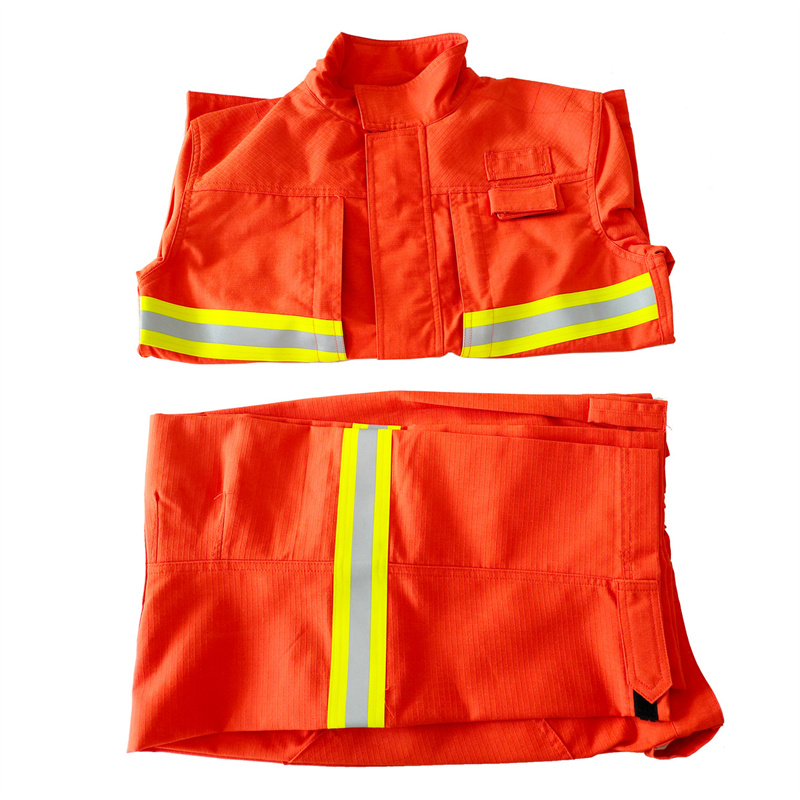
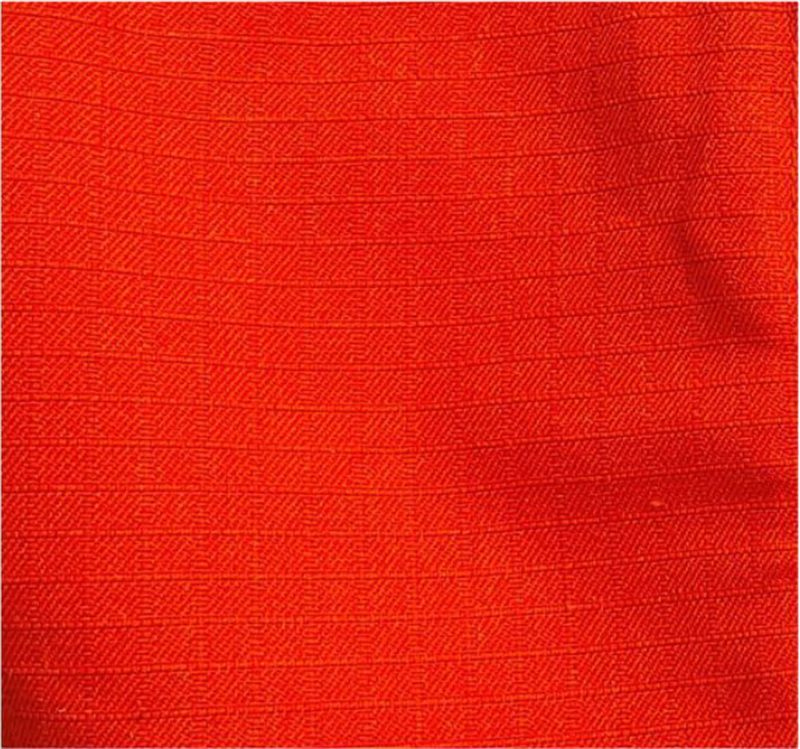
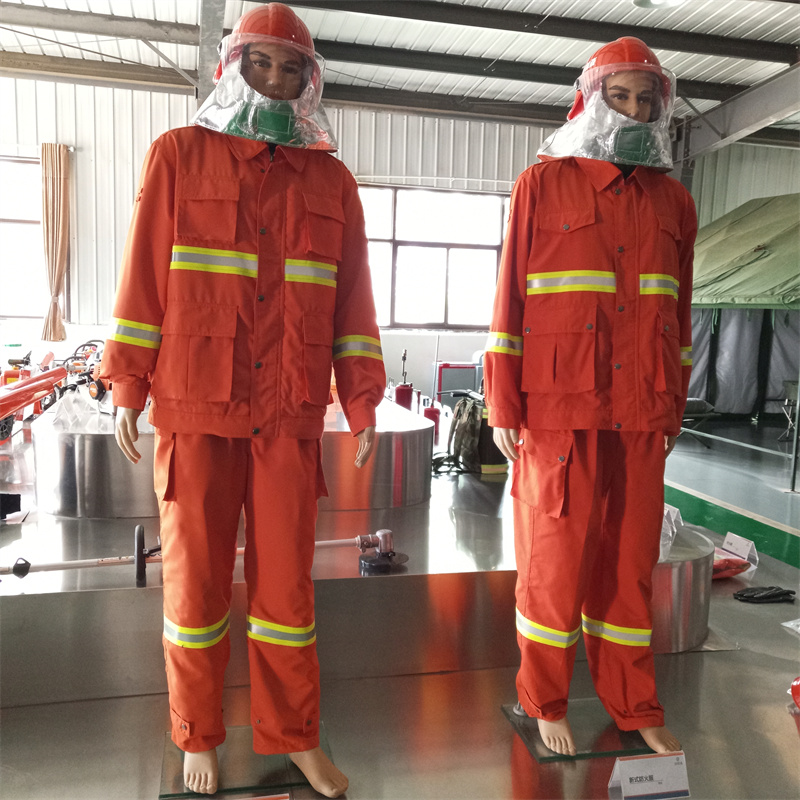
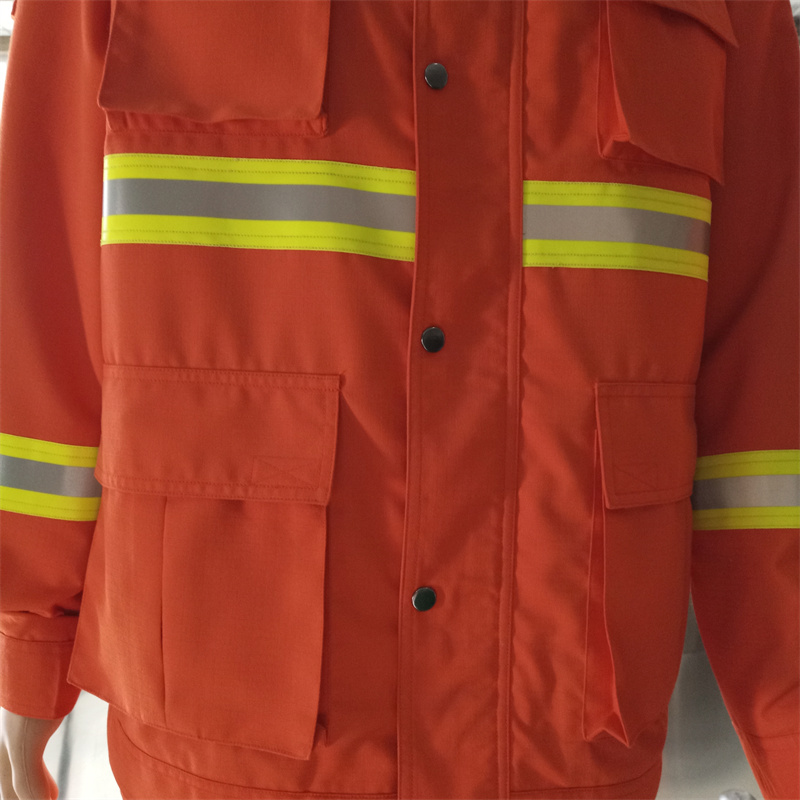

Industry Evolution & Technological Advances
Recent innovations in Fire-proof suit/Firefighter protective suit technology focus on overcoming the historical compromise between protection and thermal burden. Industry leaders like Hebei FeiFanWei Technology implement proprietary Nanoflex membranes that block 99.7% of hazardous particulates while enabling exceptional moisture vapor transmission rates. Phase-change materials integrated within suit layers absorb thermal energy during intense exposure, temporarily storing heat and increasing the critical protection window by up to 40% according to Fire Engineering Journal studies.
The integration of responsive smart textiles represents the next frontier. Our R&D department is developing suits with embedded graphene sensors that continuously monitor surface temperatures and provide tactile feedback at threshold levels. This innovation was recently presented at the International Association for Fire Safety Science symposium and shows potential to reduce heat stress injuries by 60%.
Technical Questions on Firefighter Protective Gear
What multilayer material composition offers optimal protection?
Advanced suits utilize an outer shell of flame-resistant meta-aramid fibers (e.g., Nomex, Kermel) providing thermal stability above 500°C with minimal degradation. The moisture barrier typically consists of PTFE membranes offering chemical resistance, while the thermal liner uses quilted blends of aramid fibers and FR rayon for effective heat insulation.
How often should fire suits be retired from service?
NFPA 1851 mandates retirement after 10 years from manufacture date regardless of condition. Actual lifespan depends on use frequency: structural suits typically last 5-7 years with proper care, while wildland gear may last longer. Regular inspection for seam integrity, material degradation, and contamination is essential.
What international standards govern fire suit manufacturing?
Key standards include NFPA 1971 (Structural), EN 469 (European), and ISO 15384 (Wildland). Certification requires extensive testing for thermal protection, flame resistance, heat and flame shrinkage, tear strength, and overall system integrity. Our suits exceed all major global standards with certification documentation available.
Can suits protect against industrial chemical exposure?
Standard structural firefighting suits (NFPA 1971) protect against common fireground chemicals but aren't designed for hazardous material incidents. Specialized Firefighter protective suit configurations with butyl rubber or Viton barriers (certified to NFPA 1991/1994) are required for chemical exposures.
What design features reduce physical stress during operations?
Advanced ergonomics include pre-articulated 3D patterning that aligns with natural movement, stretch panels in the back, knees and shoulders, and weight distribution designs. These innovations reduce metabolic workload by up to 18% according to NFPA research reports.
How do sizing standards accommodate different body types?
Contemporary suits utilize proportional grading across 60+ measurements with adjustments for structural shoulder pads, waist extenders, and integrated adjustment systems. Our sizing conforms to ISO 22476 anthropometric data ensuring proper fitment across diverse populations.
What innovations improve communication systems integration?
Modern suits incorporate dedicated radio pockets with signal-transparent materials, routing channels for microphone wiring, and external ports on the wrist that permit secure device connection without compromising moisture barriers or thermal protection.
Industry Recognition & Professional Validation
The strategic focus on intelligent material science and human-centered design demonstrates our commitment to enhancing firefighter safety through innovation. Independent testing by University of Leeds Fire Safety Engineering Group confirms that ergonomic innovations in contemporary protective ensembles reduce task completion times in live fire scenarios by 27% while decreasing heart rate by an average of 22 BPM – critical margins in life-threatening situations.
With increasing frequency of extreme fire behavior events documented by the NIST Fire Research Division, the role of advanced protective technologies becomes increasingly vital. We remain dedicated to pushing technological boundaries while maintaining strict compliance with global certification standards.









